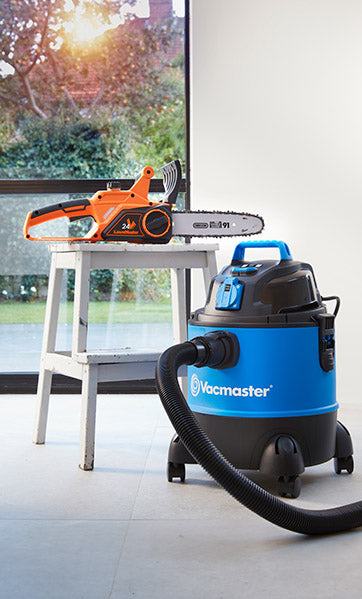-
Free Next Day Delivery
-
Buy Direct from the Makers
-
UK Customer Support
Silicosis: The Importance of Effective Dust Management in the Workplace
4 Min Read
- Health and Safety
Share

With silicosis continuing to pose a significant health risk to workers across the UK, this article explores the importance of effective dust management in the workplace.
What is Silicosis?
Silicosis occurs when fine crystalline silica dust, found in most rocks, sand and clay, is inhaled and embeds itself in the lungs, causing inflammation, scarring, and ultimately, fibrosis. This progressive damage permanently impairs lung function, even after exposure ceases. Unfortunately, silicosis is irreversible and may lead to severe health complications.
Symptoms of Silicosis
Common symptoms of silicosis include a persistent cough, shortness of breath, weakness and chronic fatigue. These symptoms often worsen over time, severely impacting quality of life.
Controlling the Risks of Silicosis
The UK’s Health and Safety Executive in their ‘Control of Exposure to Silica Dust Guide, 2013’ states that employers must comply with ‘The Control of Substances Hazardous to Health Regulations, 2022 COSHH (as amended)’, including:
1. Keeping a written assessment of the risk
Important if the employer employs more than 5 people. Anything significant from this assessment should be communicated with employees.
2. Considering alternative materials
Employers should consider substituting material for another that does not contain silica, or for a material with lower silica content.
3. Implementing adequate control measures
For respirable crystalline silica (RCS), control measures must be effective in keeping exposure below the Workplace Exposure Limit of (WEL) (0.1 mg/m3 respirable dust, averaged over 8 hours).
DO NOT dry sweep. Use a vacuum of dust class M or H, or wet cleaning.
It’s important that employees are trained in using safety equipment like dust extractors, which should be fitted with an airflow indicator to show that it is working properly.
4. Providing respiratory protective equipment (RPE)
Where necessary, employers should provide personal protective equipment, including respiratory protective equipment (RPE) for employees to wear. It is important that this fits well and is well maintained.
5. Conducting suitable maintenance, training and surveillance
Employers should ensure that all safety equipment remains in good working order and that employees receive suitable training, enabling them to use this equipment properly.
They also need to monitor to ensure that controls are effective and that the WEL rate isn’t exceeded.
Conclusion
Silicosis is a preventable yet devastating disease. By understanding the risks and implementing proper control measures, employers and workers can reduce exposure to harmful silica dust.
Where suitable, M Class Dust Extractors can be used as part of an employer's management of harmful dusts in the workplace.
Vacmaster M Class Dust Extractors are independently certified to trap 99.9% of medium class hazardous dust with an occupational exposure limit value of >0.1 mg/m3. Features such as LED Air Flow Indicator and Push Clean Filter System, have made Vacmaster M Class Dust Extractors an essential element of many employers Health & Safety procedures.
As a next step, we encourage you to read the HSE’s guide ‘Control of Exposure to Silica Dust Guide, 2013’
